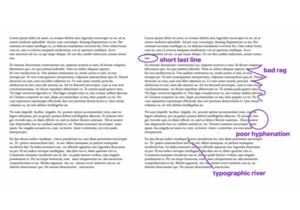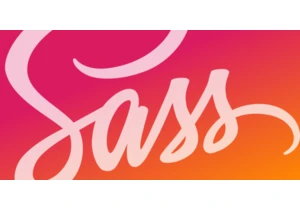I found this Free Favicon Maker the other day. It’s a nice tool to make a favicon (true to its name), but unlike other favicon generators, this one lets you create one from scratch starting with a character or an emoji. Naturally, I was curious to look at the code to see how it works and, while I did, it got me thinking in different directions. I was reminded of something I read that says it is possible to dynamically… Read article “How to Create a Favicon That Changes Automatically”
The post How to Create a Favicon That Changes Automatically appeared first on CSS-Tricks. You can support CSS-Tricks by being an MVP Supporter.
https://css-tricks.com/how-to-create-a-favicon-that-changes-automatically/
Login to add comment
Other posts in this group

In this post, Blackle Mori shows you a few of the hacks found while trying to push the limits of Cohost’s HTML support. Use these if you dare, lest you too get labelled a CSS criminal.
<



Tips and tricks on utilizing the CSS backdrop-filter property to style user interfaces. You’ll learn how to layer backdrop filters among multiple elements, and integrate them with othe

Custom cursors with CSS are great, but we can take things to the next level with JavaScript. Using JavaScript, we can transition between cursor states, place dynamic text within the cursor, apply c

This CSS-Tricks update highlights significant progress in the Almanac, recent podcast appearances, a new CSS counters guide, and the addition of several new authors contributing valuable content.

If I were starting with CSS today for the very first time, I would first want to spend time understanding writing modes because that’s
